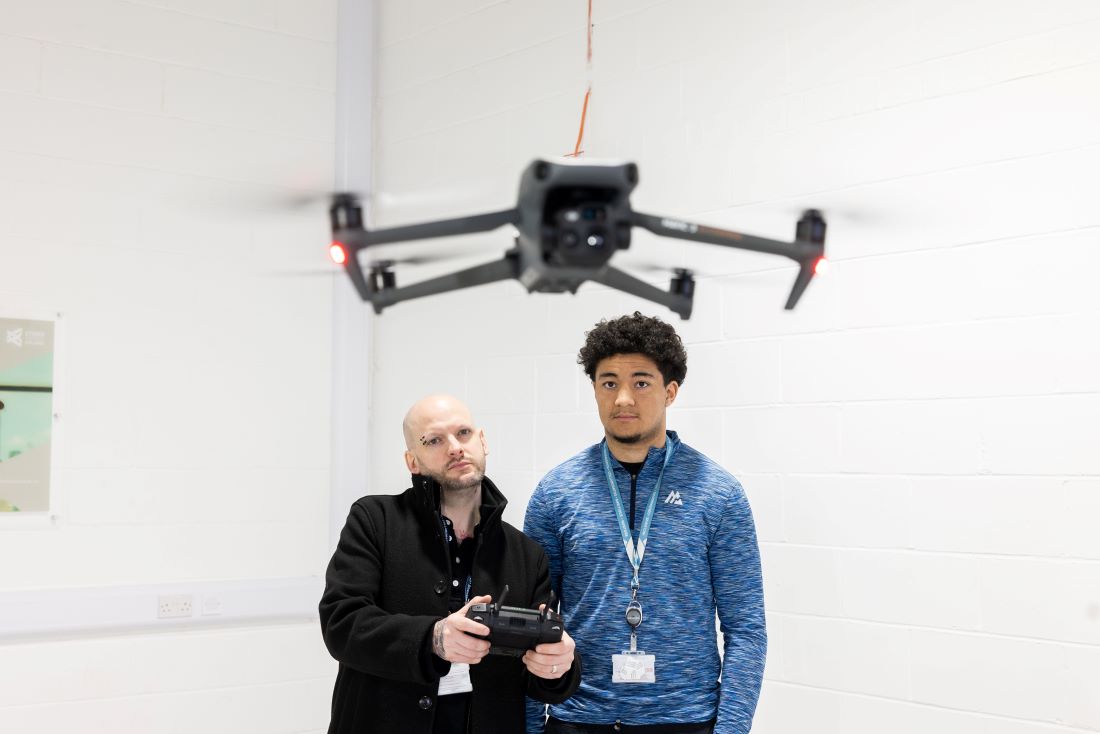The impact of edtech on diversity and gender equity

Gender diversity is crucial for tangible actions towards improving societal gaps, in providing equal opportunities to female students and education professionals worldwide. Edtech is a powerful tool in closing the gap, with upskilling and training resources propelling women to take charge of their careers and future. Diverse voices are inspiring for women, particularly throughout their journey to a future career.
Society has come a long way in terms of affording more rights and opportunities for women, however, there is still much more that needs to be done, particularly when considering the progress of women’s education. This year the theme of International Women’s Day was #EmbraceEquity. Discrimination and gender stereotypes can prevent women from fulfilling their full potential, making the glass ceiling challenging to smash. Education is a vital factor in setting up students for their future careers, so providing a system with equal opportunities is crucial for overall development and personal well-being.
The pandemic’s impact on women’s educational journey
The pandemic has placed immense pressure on the education system, with female students feeling the real brunt. A report led by Hall & Partners, undertaken one year after the first COVID lockdown, revealed that 66% of female students between the ages of 14 to 24 are spending less time on their schoolwork to dedicate more time to household chores.
This highlights the different expectations and pressures for women, compared to only 31% of male students being in the same situation. It is essential that years of progress toward equality are not undone by the damaging effects of COVID-19 or by underestimating the importance of flexibility when going back to in-person education models.
Using edtech to close the gender gap in education
The incorporation of technology into education has increased after the pandemic, as well as the demand from teachers and students for more flexibility and accessibility. Data from a recent global report from Instructure, reveals that 50% of students in the UK either somewhat agree or strongly agree that they prefer university courses that have a combination of in-person and online classes, and 51% agree that they would prefer more digital materials and resources.
Edtech plays a crucial role in bridging the gap of gender inequalities in education. Virtual learning environments (VLEs) that offer mobile learning applications are one of the edtech tools that supports students with busy schedules, including women, by allowing them to still have access to studies at whatever time, from anywhere.
The use of VLEs has allowed universities to offer online options of short courses and micro-credentials for upskilling, increasing opportunities for women to continue their education journey and build on their skills to feel prepared for the prospect of a career.
According to recent studies from The Department for Work and Pensions, men are still more likely than women to participate in “early-stage entrepreneurial activity,” marking the divide that continues to prevent women from taking charge of their careers. Businesses and institutions that implement effective online learning programs for ongoing development empower women to enhance their skill sets and capabilities and feel prepared to re-enter/enter the workforce.
Global initiatives such as 100 Million Learners, are prime examples of creating equitable opportunities in order for a diverse pool of students to have access to quality educational resources, including women. Offering innovative programs generates pioneering female leaders and educators, who are essential in setting a precedent for what the workplace and classroom should look like.
The continual impact of gender diversity on women’s future careers
The gender gap within education is bound to have a continual impact on career choices and decisions around employment. Women are still refraining from pursuing high-paid jobs, even if their school achievement results are higher than those of their male counterparts. This stems from ongoing perceptions that certain sectors of society are male-dominated.
In order for institutions to prepare students for future employment, gender diversity needs to be ingrained and replicated in the education system by offering options and learning models that facilitate access to education and upskilling to everyone.
Institutions that continue to modernise resources with blended and online education systems, allowing mobility and increased flexibility, are not only meeting the specific needs of women but encouraging them to succeed in their education path.
The pandemic highlighted the importance for institutions to have the appropriate technology to be able to give continuity to education, not only in cases of public health emergencies but also in cases of social unrest, natural disasters, and different events that can interrupt education. Most importantly, it also demonstrated that the same technology and approach to ensure the continuity of education should be a priority to help women face role gender stereotypes and natural life events, allowing them to pursue their dreams without having to choose between education, family, or other life choices.
By Melissa Loble, Chief Customer Experience Officer at Instructure











Responses